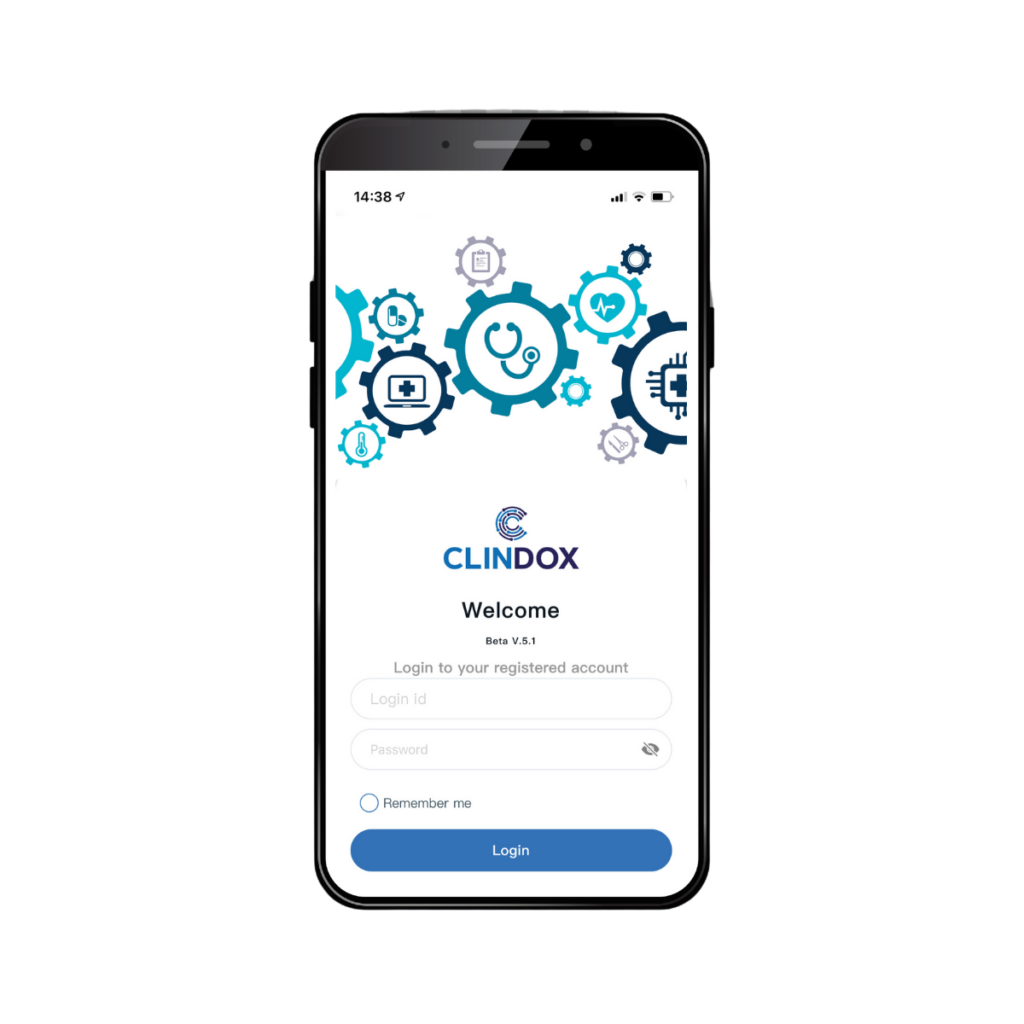Medical Device classification
The Periodic Safety Update Report (PSUR – article 86 of MDR) is a new MDR reporting requirement for all device classes, except class I. PSURs are required at least every year for class III devices and class IIb implantables and at least every two years for class IIa devices and class IIb non-implantables. PSUR is based on PMCF, and so for the most part, PMCF would be required for these classes of device. According to MDR, some devices may not require PMCF, but there is no hard and fast guidance around what constitutes solid grounds for exemption. The Notified Body will assess requests for exemption, which in turn may be referred to an EU expert panel. The amount of time available to produce sufficient data the first PMCF report will be a key consideration when it comes to deciding on what type of PMCF activity is chosen.
Numbers of devices in use
If only low numbers of devices are in use, it may not be possible to run observational activities that will generate sufficient data to be statistically robust and MDR-compliant. In such cases, it may be necessary to initiate an interventional study.
Access to customers/end-users and access to patients
Do you have sufficiently strong relationships with your local health economy customers and/or clinical end-users enabling you to gather feedback and further information about your device? Would you be able to approach clinical end-users directly to discuss some sort of collaboration or do the local distributors effectively own these relationships and are unable to share that information? Without these relationships in place, it will be very difficult to instigate PMCF surveys.
Do you have consent to access patient data, or have the permissions and means in place to contact patients directly to gather patient-reported outcomes or other feedback? It’s vital for compliance to have prior, valid data processing consents in place. Similarly, if the intention is to make use of a public registry for PMCF purposes, you will need to that patients have provided consent to process their data.
Clinical or industry measure standards for Device performance
Most devices will have accepted industry standard measures for performance and safety that define what data should be gathered – and from whom. Some PMCF activities might not provide data to this standard and will therefore need to be exempt from consideration.
What data is required and from whom? Some activities might not fit your device, because the data originating from that activity might not suffice the standard required to document performance.
Real world device use
If a device always needs the intervention, oversight or control of a clinician when in use, it might not be possible work with patients directly to generate compliant data for PMCF surveys or studies.
Existing data sources – and the availability of consent
It’s important to ensure that you have consents in place to be able to access existing registries or other data sources that contain relevant data for PMCF.
Overview of all main PMCF Activities
Common PMCF activities include:
- PMCF Surveys
- PMCF Studies and Investigations
- Registries
- Investigator Initiated Trial or Investigator Initiated Studies
- PMCF Cohort Surveys
- PMCF Case Series
- Literature searches
The activity or activities most appropriate to meet your PMCF requirements will depend on the outcome of your Gap Analysis and the other considerations outlined above. Below is quick look at the benefits and drawbacks of each of these activities; this is not an exhaustive list; there may well be others you’ll need to consider.






